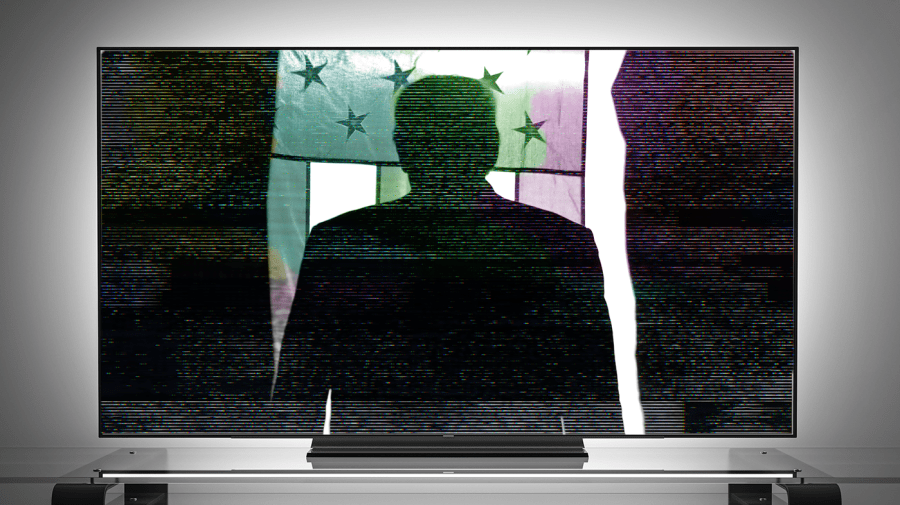The spectacle presidency: How Trump governs through distraction

“President Donald Trump says there’s a TikTok buyer that he’ll reveal in ‘about two weeks,’” read a June 29 CNN headline. The phrase “about two weeks” has become a hallmark of Trump’s communication style — an ever-moving deadline that signals action is imminent but never quite arrives.
Roughly two weeks before that TikTok claim, Trump had told reporters it would be “about two weeks” before he decided how to respond to Iran. In that case, he acted within three days. And nearly two months earlier, asked how he would respond to Russian President Vladimir Putin, Trump again answered, “I’ll let you know in about two weeks.”
As New York Times reporter Shawn McCreesh noted before the U.S. bombing of Iran, Trump’s “two weeks” refrain has applied to everything from tax plans and healthcare to conspiracy theories and infrastructure. NPR noted that this is not a new strategy, as Trump often espoused on the two-week refrain in his first term.
But this isn’t just some verbal tick — it’s a calculated tactic.
Two weeks is a time frame that feels just around the corner but is distant enough to delay scrutiny. It generates anticipation, keeps the press guessing and monopolizes public attention. In essence, it’s distraction disguised as transparency.
In Trump’s second term, this politics of distraction has proved remarkably effective. Despite growing evidence of policy failures and corruption, Trump has maintained his popularity by dominating headlines and reshaping narratives faster than facts can catch up. Scholar Tim Wu has explained how capitalism has increasingly come to depend on attention, monetized through advertising, misinformation and influencer content. Attention is a commodity, and Trump has mastered how to corner the market.
As Mickey Huff and I argued in “United States of Distraction,” Trump’s rise is rooted in a media ecosystem shaped by the attention economy, where spectacle — not truth — wins the day. Too much of the legacy media is now fully embedded in the attention economy, following the president’s every spectacle — not because it’s newsworthy, but because it’s engaging. And that engagement drives traffic, ratings and revenue.
This creates a symbiotic loop: Trump thrives on spectacle, and the media reward it. Meanwhile, real issues — for example, Trump’s misuse of government contracts in his first term or his current promotion of dubious cryptocurrency schemes — receive minimal sustained coverage. Trump is exploiting the attention economy with a politics of distraction, enriching himself while convincing supporters he’s delivering on the policies they care about.
Trump has long viewed governance through the lens of television, where drama and visuals take precedence over substance. During a heated exchange with Ukrainian President Volodymyr Zelensky, Trump even admitted he kept the press in the room because it made for “great television.” His strategy follows a predictable cycle: achieve a goal, often under false pretenses, and then, just as the public begins to scrutinize it, pivot to a new, emotionally charged issue.
Take April 2, dubbed “Liberation Day” by the Trump administration. That day, Trump announced tariffs, based on formulas that may have been generated by artificial intelligence. Markets quickly tanked. For the first time in years, Trump’s poll numbers on the economy dipped. In response, his team released conflicting information about a “90-day pause” on the tariffs — a claim that was later denied — further muddying the waters.
As confusion mounted, Trump shifted attention to immigration and protests — two topics his administration has reliably weaponized. He deployed the National Guard to cities like Los Angeles, falsely citing “paid protesters” opposing mass deportations. Though local officials, including the governor, mayor and police chief, insisted the protests were peaceful and did not require military intervention, Trump proceeded anyway. The resulting spectacle backfired when images of a Marine detaining a U.S. citizen — an unprecedented move — unsettled many Republican lawmakers and military veterans, who saw it as a disturbing display of authoritarianism.
So, Trump pivoted again — this time, to Iran. Following an Israeli bombing of Iranian targets, Trump authorized U.S. airstrikes; the decision redirected the news cycle. Unlike in the past, though, Trump did not wait for public opinion to shift based on false claims; he bombed first.
Some supporters, like podcaster Dave Smith, turned against Trump, calling for his impeachment in the wake of the bombing. Similarly, Tucker Carlson publicly rebuked the move and embarrassed Sen. Ted Cruz (R-Texas) in an interview that revealed the Texas Republican’s ignorance about the country he supported bombing. Meanwhile, the administration claimed it had “obliterated” Iran’s nuclear program — another distortion quickly challenged by press leaks.
As doubts swirled about the efficacy of the strikes, Trump pivoted once more, this time to a domestic priority: his “One Big Beautiful Bill.” This sweeping economic bill, which includes unpopular cuts to Medicaid, has become the centerpiece of his rhetoric in recent weeks. The president went all-in on signing it by “July 4” — another arbitrary deadline designed to generate suspense. Meanwhile, in an effort to maintain support for the bill, Trump falsely claimed that it did not cut entitlements or dramatically increase the deficit, even as independent analyses show otherwise.
What will Trump use to distract the public next? And perhaps more critically, will the media keep chasing the spectacle?
Nolan Higdon is a political analyst, author and host of “The Disinfo Detox Podcast.” A lecturer at Merrill College and the University of California, Santa Cruz, Higdon is a founding member of the Critical Media Literacy Conference of the Americas and is a Project Censored national judge. His latest book is “Surveillance Education: Navigating the conspicuous absence of privacy in schools .”